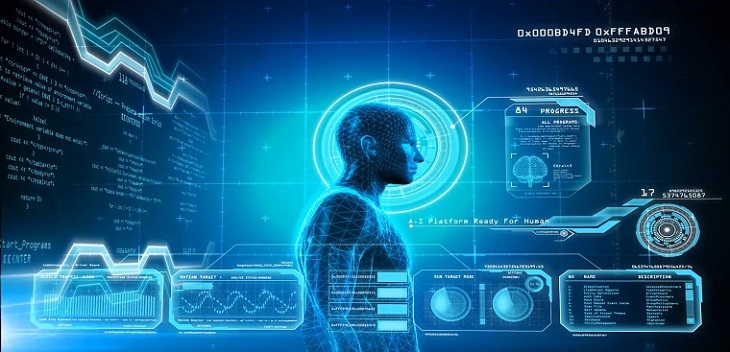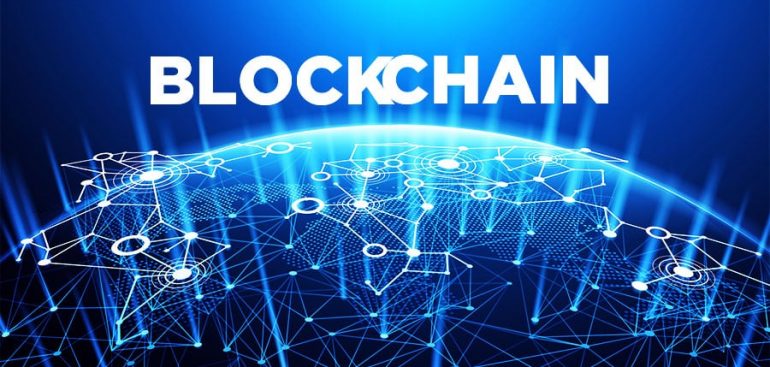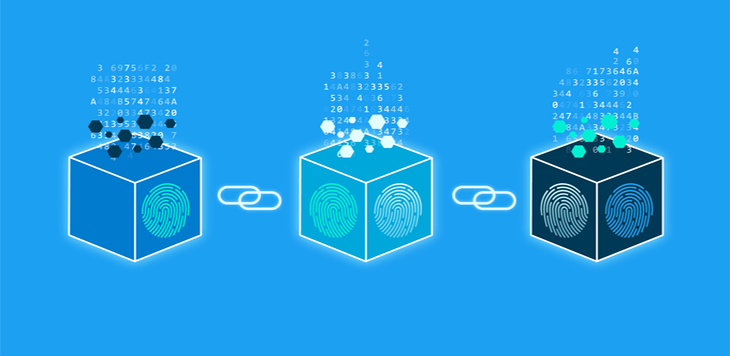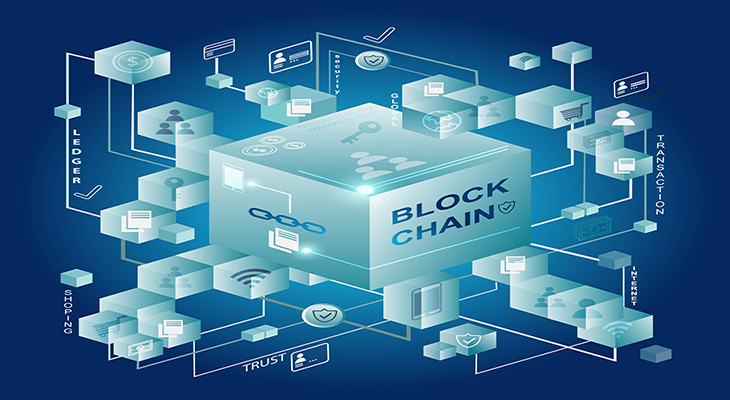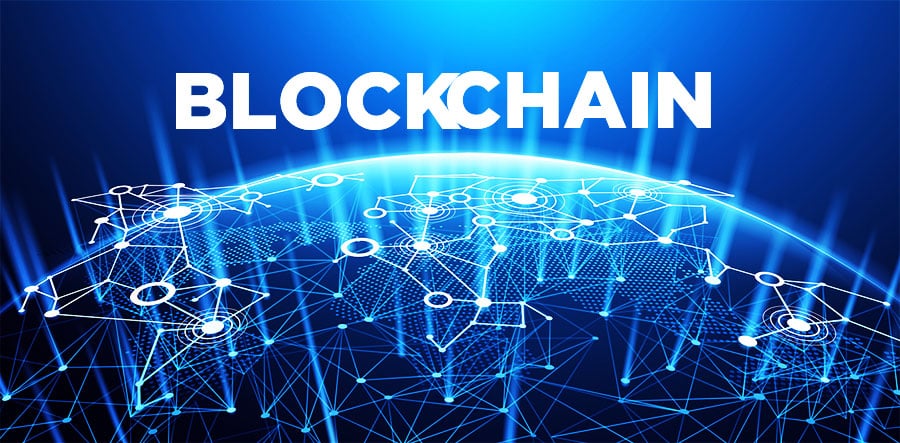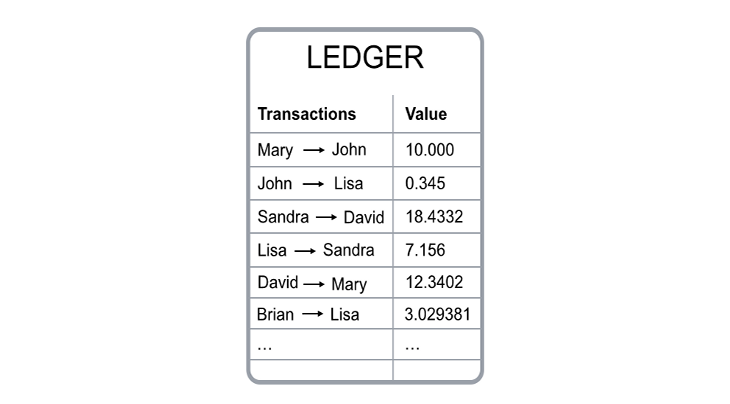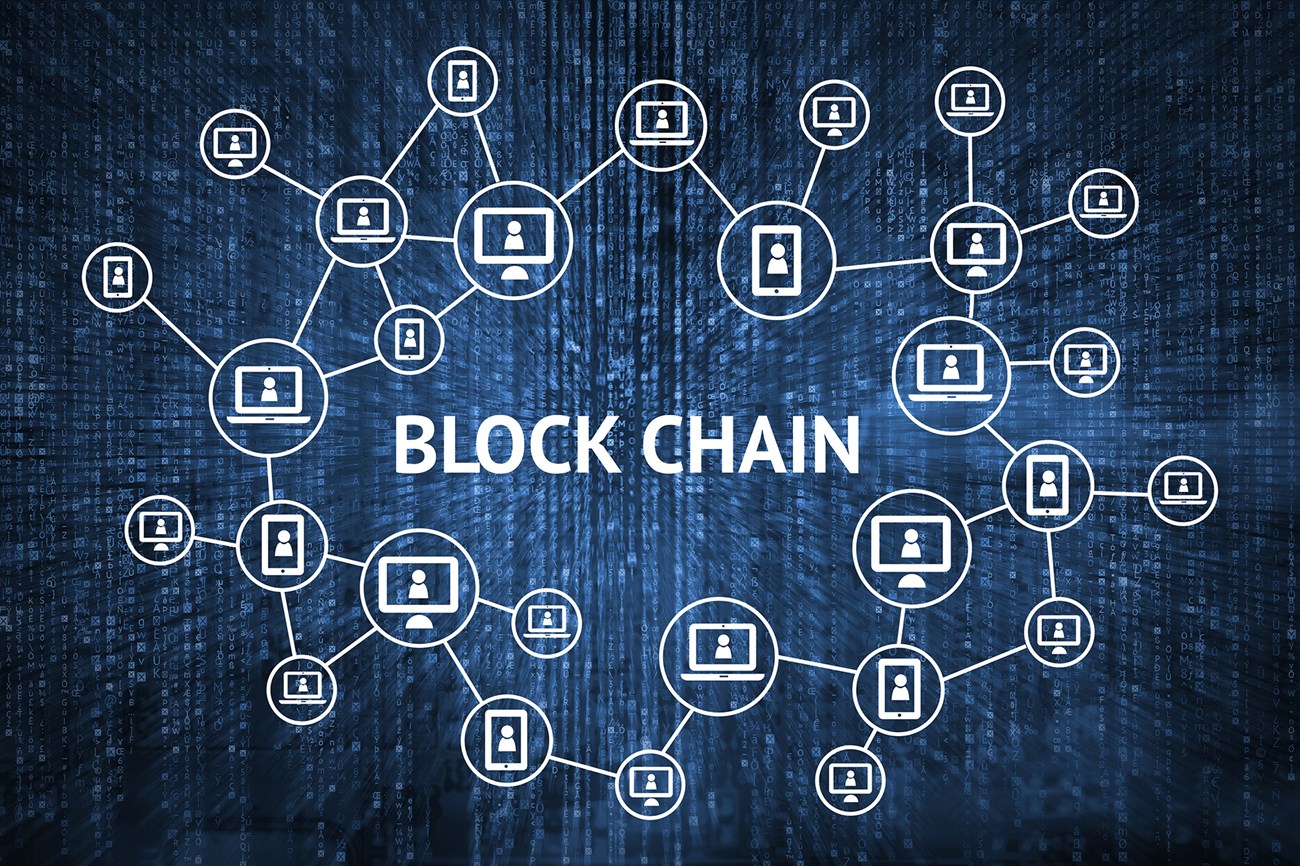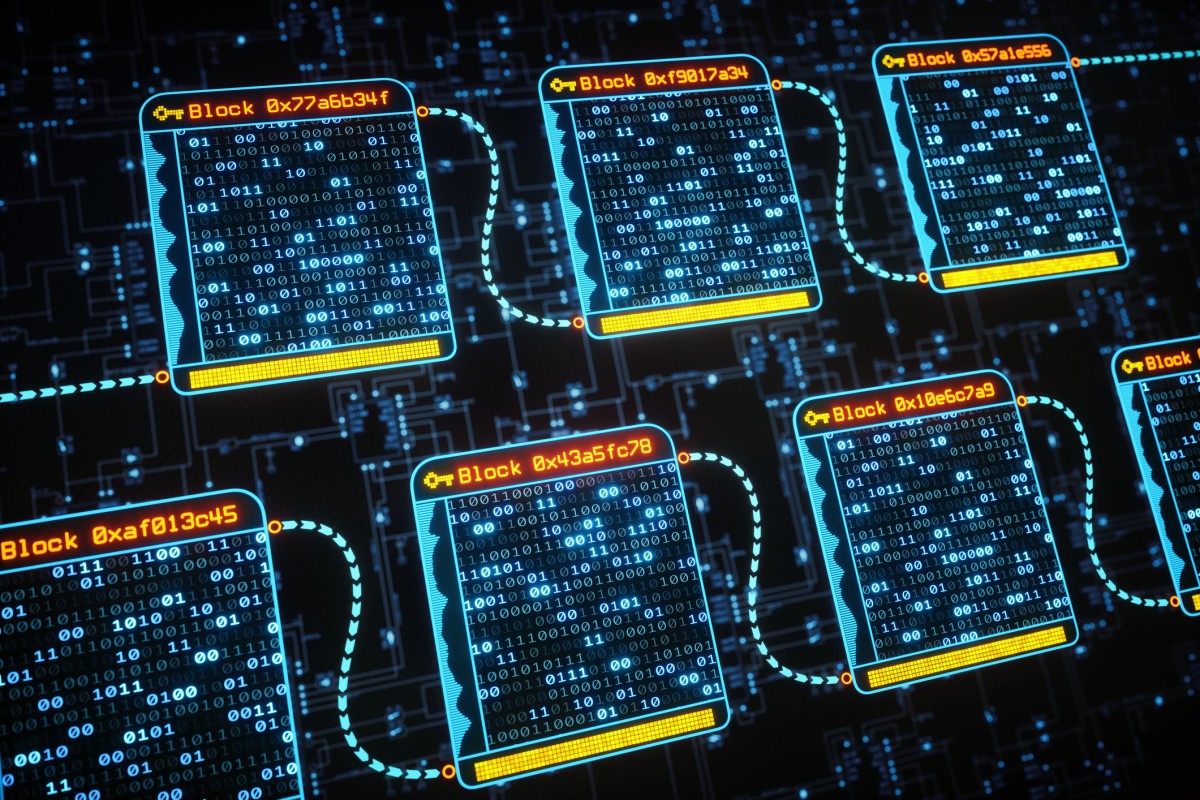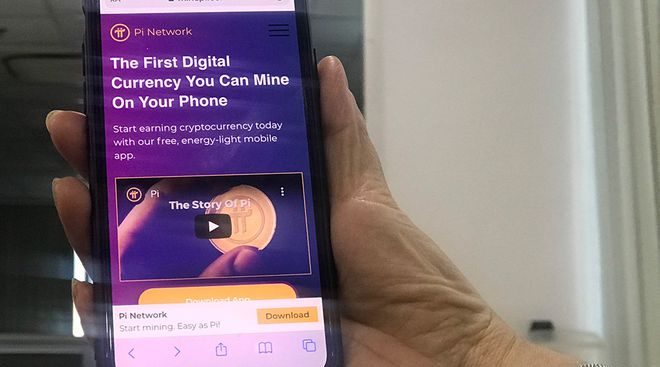Ngày nay, hễ nhắc tới các thiết bị điện tử hay bất cứ thiết bị nào người ta đều nhắc đến trí tuệ nhân tạo được tích hợp trên thiết bị đó. Vậy trí tuệ nhân tạo là gì và được ứng dụng như thế nào trong cuộc sống?
Trí tuệ nhân tạo là gì?
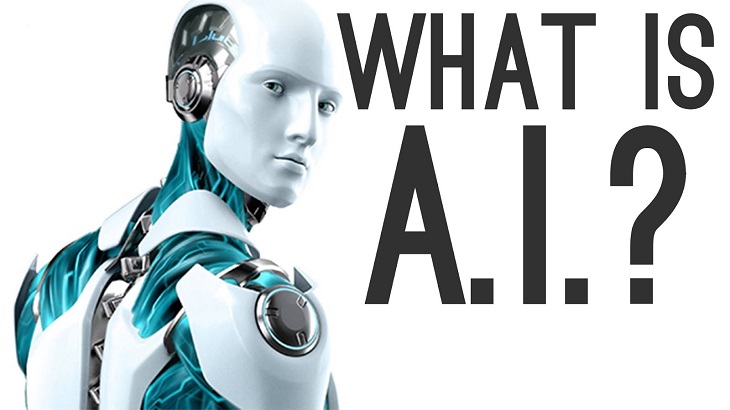
Trí tuệ nhân tạo hay trí thông minh nhân tạo (Artificial intelligence – viết tắt là AI) là một ngành thuộc lĩnh vực khoa học máy tính (Computer science). Là trí tuệ do con người lập trình tạo nên với mục tiêu giúp máy tính có thể tự động hóa các hành vi thông minh như con người.
Trí tuệ nhân tạo khác với việc lập trình logic trong các ngôn ngữ lập trình là ở việc ứng dụng các hệ thống học máy (machine learning) để mô phỏng trí tuệ của con người trong các xử lý mà con người làm tốt hơn máy tính.
Cụ thể, trí tuệ nhân tạo giúp máy tính có được những trí tuệ của con người như: biết suy nghĩ và lập luận để giải quyết vấn đề, biết giao tiếp do hiểu ngôn ngữ, tiếng nói, biết học và tự thích nghi,…
Tuy rằng trí thông minh nhân tạo có nghĩa rộng như là trí thông minh trong các tác phẩm khoa học viễn tưởng, nó là một trong những ngành trọng yếu của tin học. Trí thông minh nhân tạo liên quan đến cách cư xử, sự học hỏi và khả năng thích ứng thông minh của máy móc.
Có bao nhiêu loại AI?
Công nghệ AI được chia làm 4 loại chính:
Loại 1: Công nghệ AI phản ứng.
Công nghệ AI phản ứng có khả năng phân tích những động thái khả thi nhất của chính mình và của đối thủ, từ đó, đưa ra được giải pháp tối ưu nhất.
Một ví dụ điển hình của công nghệ AI phản ứng là Deep Blue. Đây là một chương trình chơi cờ vua tự động, được tạo ra bởi IBM, với khả năng xác định các nước cờ đồng thời dự đoán những bước đi tiếp theo của đối thủ. Thông qua đó, Deep Blue đưa ra những nước đi thích hợp nhất.
Loại 2: Công nghệ AI với bộ nhớ hạn chế
Đặc điểm của công nghệ AI với bộ nhớ hạn chế là khả năng sử dụng những kinh nghiệm trong quá khứ để đưa ra những quyết định trong tương lai. Công nghệ AI này thường kết hợp với cảm biến môi trường xung quanh nhằm mục đích dự đoán những trường hợp có thể xảy ra và đưa ra quyết định tốt nhất cho thiết bị.
Ví dụ như đối với xe không người lái, nhiều cảm biến được trang bị xung quanh xe và ở đầu xe để tính toán khoảng cách với các xe phía trước, công nghệ AI sẽ dự đoán khả năng xảy ra va chạm, từ đó điều chỉnh tốc độ xe phù hợp để giữ an toàn cho xe.

Loại 3: Lý thuyết trí tuệ nhân tạo
Công nghệ AI này có thể học hỏi cũng như tự suy nghĩ, sau đó áp dụng những gì học được để thực hiện một việc cụ thể. Hiện nay, công nghệ AI này vẫn chưa trở thành một phương án khả thi.
Loại 4: Tự nhận thức
Công nghệ AI này có khả năng tự nhận thức về bản thân, có ý thức và hành xử như con người. Thậm chí, chúng còn có thể bộc lộ cảm xúc cũng như hiểu được những cảm xúc của con người. Đây được xem là bước phát triển cao nhất của công nghệ AI và đến thời điểm hiện tại, công nghệ này vẫn chưa khả thi.
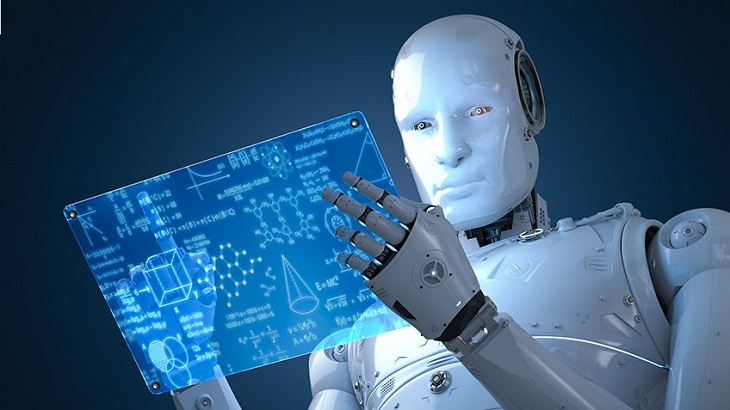
AI được ứng dụng thế nào trong cuộc sống hiện tại và tương lai
Trong ngành vận tải
Trí tuệ nhân tạo được ứng dụng trên những phương tiện vận tải tự lái, điển hình là ô tô. Sự ứng dụng này góp phần mang lại lợi ích kinh tế cao hơn nhờ khả năng cắt giảm chi phí cũng như hạn chế những tai nạn nguy hiểm đến tính mạng.
Vào năm 2016, Otto, hãng phát triển xe tự lái thuộc Uber đã vận chuyển thành công 50.000 lon bia Budweisers bằng xe tự lái trên quãng đường dài 193 km. Theo dự đoán của công ty tư vấn công nghệ thông tin Gartner, trong tương lai, những chiếc xe có thể kết nối với nhau thông qua Wifi để đưa ra những lộ trình vận tải tốt nhất.

Trong sản xuất
Trí tuệ nhân tạo được ứng dụng để xây dựng những quy trình sản xuất tối ưu hơn. Công nghệ AI có khả năng phân tích cao, làm cơ sở định hướng cho việc ra quyết định trong sản xuất.
Trong y tế
Ứng dụng tiêu biểu của trí tuệ nhân tạo trong lĩnh vực y tế là máy bay thiết bị bay không người lái được sử dụng trong những trường hợp cứu hộ khẩn cấp. Thiết bị bay không người lái có tốc độ nhanh hơn xe chuyên dụng đến 40% và vô cùng thích hợp để sử dụng ở những nơi có địa hình hiểm trở.

Trong giáo dục
Sự ra đời của trí tuệ nhân tạo giúp tạo ra những thay đổi lớn trong lĩnh vực giáo dục. Các hoạt động giáo dục như chấm điểm hay dạy kèm học sinh có thể được tự động hóa nhờ công nghệ AI. Nhiều trò chơi, phần mềm giáo dục ra đời đáp ứng nhu cầu cụ thể của từng học sinh, giúp học sinh cải thiện tình hình học tập theo tốc độ riêng của mình.
Trí tuệ nhân tạo còn có thể chỉ ra những vấn đề mà các khóa học cần phải cải thiện. Chẳng hạn như khi nhiều học sinh được phát hiện là gửi đáp án sai cho bài tập, hệ thống sẽ thông báo cho giáo viên đồng thời gửi thông điệp đến học sinh để chỉnh sửa đáp án phù hợp. Công nghệ AI còn có khả năng theo dõi sự tiến bộ của học sinh và thông báo đến giáo viên khi phát hiện ra vấn đề đối với kết quả học tập của học sinh.
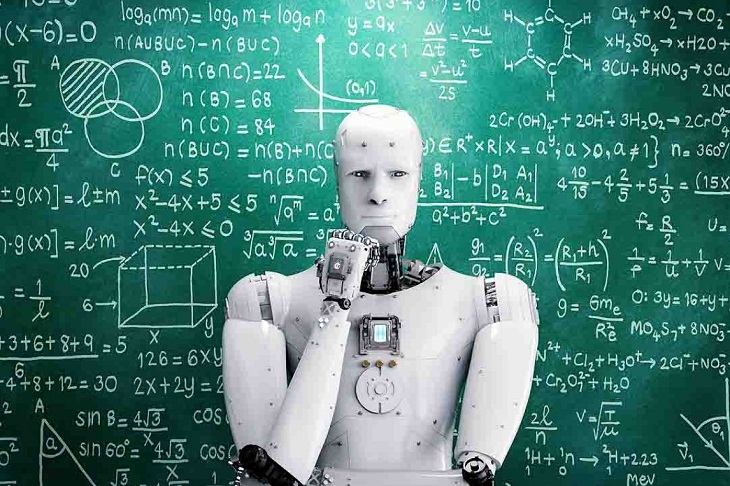
Hơn nữa, sinh viên còn có thể học hỏi từ bất cứ nơi nào trên thế giới thông qua việc sử dụng những phần mềm có hỗ trợ AI. Công nghệ AI cũng cung cấp dữ liệu nhằm giúp sinh viên lựa chọn được những khóa học tốt nhất cho mình.
Trong truyền thông
Đối với lĩnh vực truyền thông, sự phát triển của trí tuệ nhân tạo góp phần làm thay đổi cách thức tiếp cận đối với khách hàng mục tiêu. Nhờ những ưu điểm của công nghệ AI, các công ty có thể cung cấp quảng cáo vào đúng thời điểm, đúng khách hàng tiềm năng, dựa trên việc phân tích các đặc điểm về nhân khẩu học, thói quen hoạt động trực tuyến và những nội dung mà khách hàng thường xem trên quảng cáo.
Trong ngành dịch vụ
Công nghệ AI giúp ngành dịch vụ hoạt động tối ưu hơn và góp phần mang đến những trải nghiệm mới mẻ hơn và tốt hơn cho khách hàng. Thông qua việc thu thập và phân tích dữ liệu, công nghệ AI có thể nắm bắt thông tin về hành vi sử dụng dịch vụ của khách hàng, từ đó mang lại những giải pháp phù hợp với nhu cầu của từng khách hàng.
Xu hướng của sáng tạo công nghệ trên thế giới luôn chú tâm đến phát triển trí tuệ nhân tạo. Trong khoảng 5 đến 10 năm nữa, ngành công nghệ này sẽ thật sự đạt đến đỉnh cao. Hãy cùng chờ đợi những sáng tạo mới nhất của loài người về lĩnh vực này nhé.
Nguồn: Thạch Thị Mỹ Quyên
